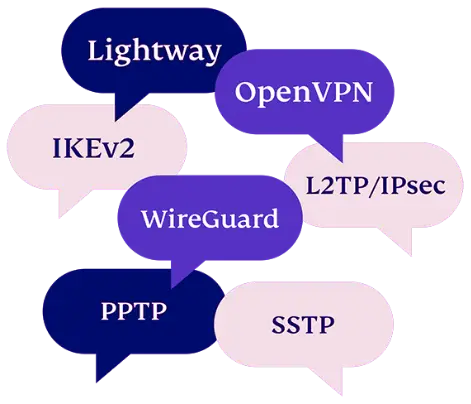VPN protocols: L2TP/IPsec
Let’s get to know more about L2TP/IPsec.

Understanding L2TP/IPsec
L2TP, or Layer 2 Tunneling Protocol, was introduced in 1999 as a successor to both the Layer 2 Forwarding Protocol (L2F) and the Point-to-Point Tunneling Protocol (PPTP). On its own, L2TP does not offer robust encryption or authentication. To address this, it is commonly paired with IPsec to enhance security.
IPsec, which stands for Internet Protocol Security, is a versatile protocol designed for securing communications over the Internet. It encrypts and authenticates each IP packet individually, ensuring end-to-end protection. Operating at the Internet Layer of the Internet Protocol suite, IPsec is widely used across various online security applications.
When combined, L2TP and IPsec provide better security than PPTP, but they still lean more toward providing anonymity rather than full security.
A common issue with L2TP is that it uses UDP port 500, which can be blocked by some firewalls, making connectivity problematic in certain situations.
Due to these limitations, this protocol is generally not recommended and is not supported by VPN apps.
- Offers more security than PPTP.
- Slower compared to OpenVPN.
- Can be blocked by certain firewalls.
- Provides only moderate security.
Additional VPN Protocols
Besides traditional protocols, VPNs have developed Lightway, designed to surpass others in terms of speed, reliability, and security. You can test it out to experience the difference firsthand. Find out more about Lightway.
If you’re uncertain about which VPN protocol to select, you can rely on the VPN app to automatically choose the optimal one for your needs.
Explore more about VPN protocols

Universal Compatibility: The VPN for Every Device






